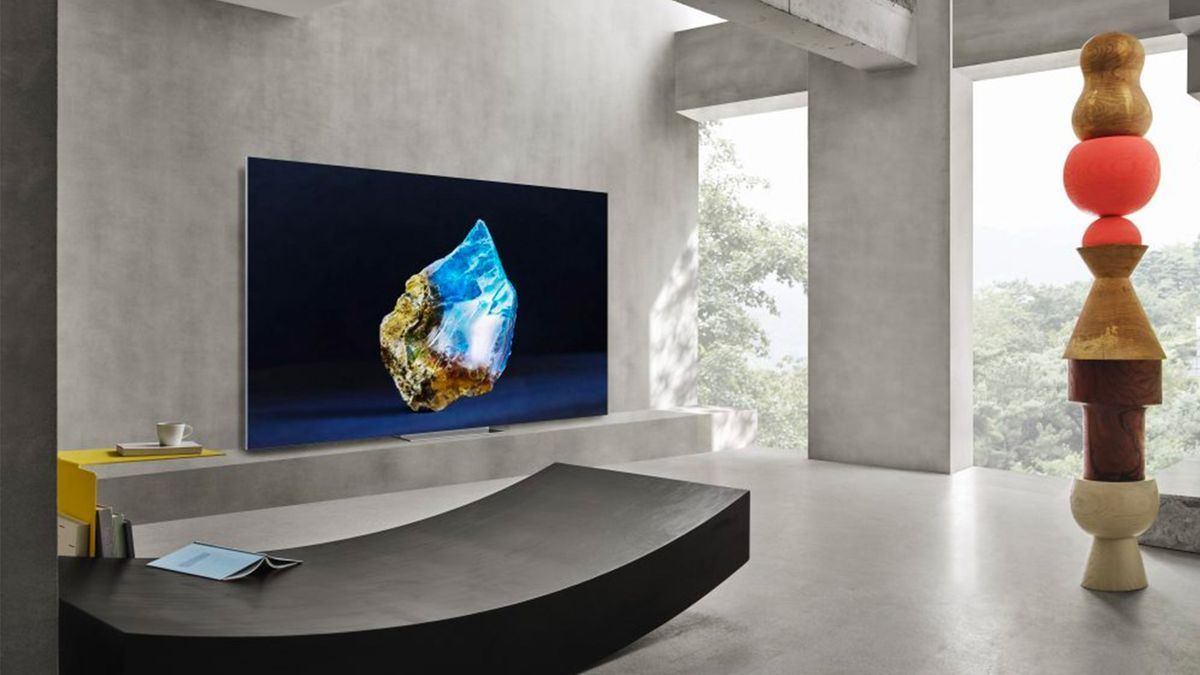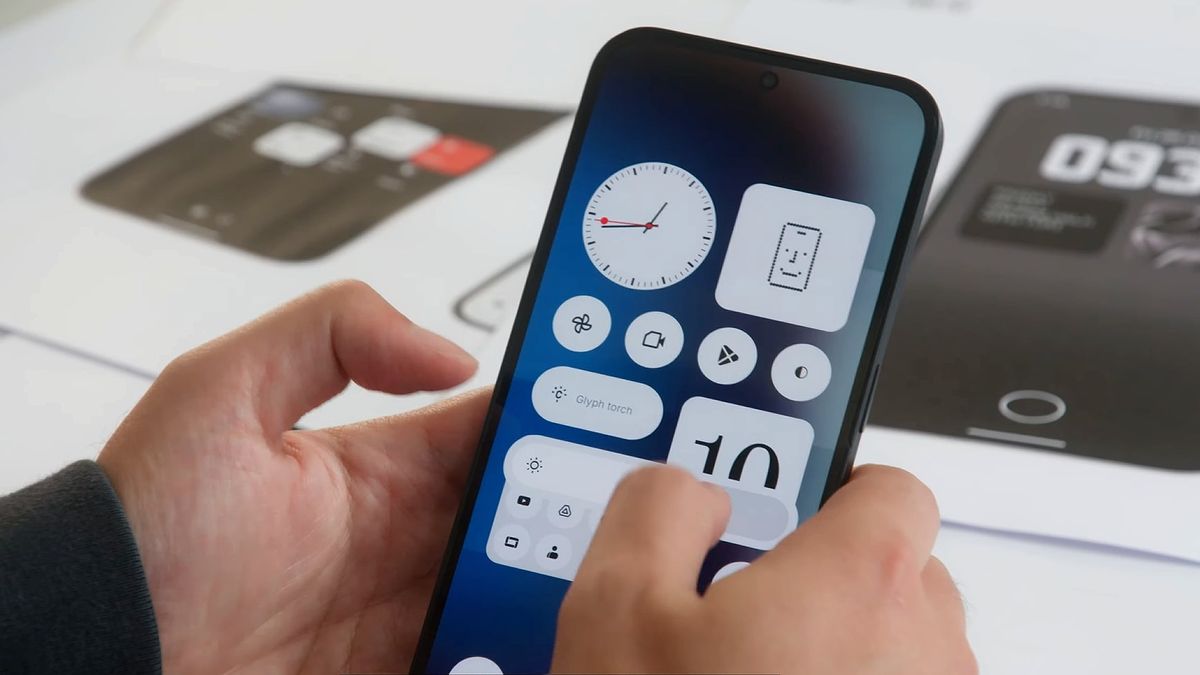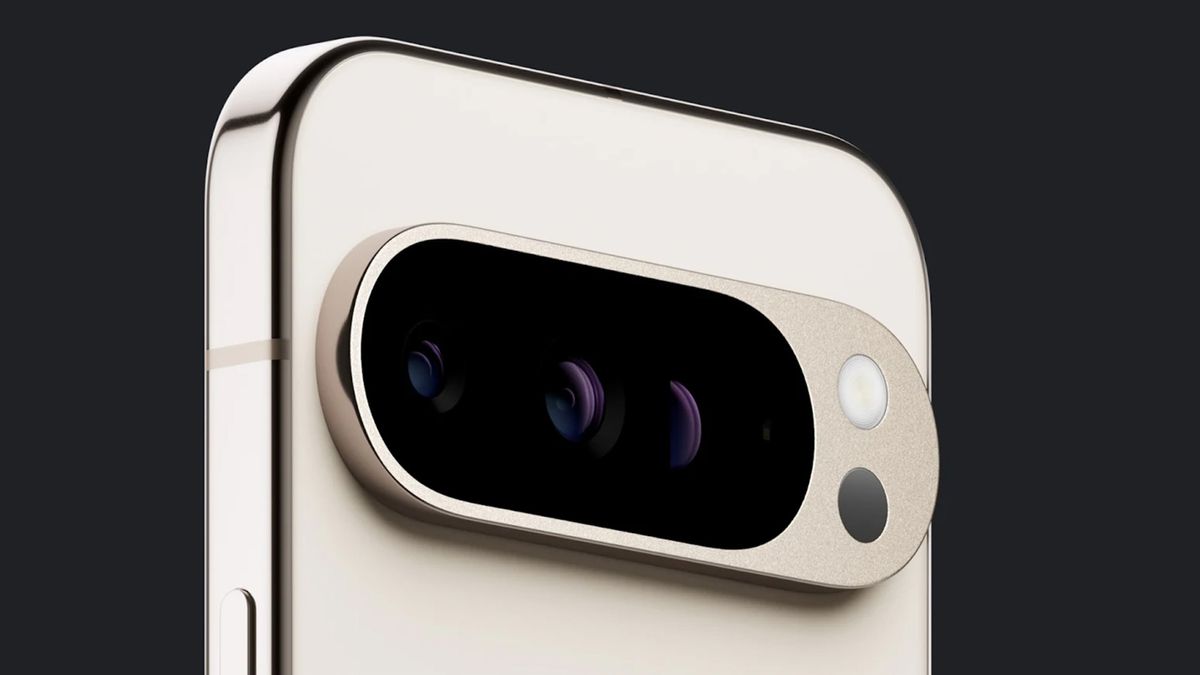As micro-LED TVs from companies like Samsung (pictured) and LG have shown, the technology is ideal for making really big TVs with really big prices: LG's 118-inch Magnit micro-LED TV, which is more affordable than its previous model. The 136-inch model is priced at $237,000 (around £190,000/AU$370,000), while Samsung's 89-inch model costs around $100,000. And now, according to FlatpanelsHD, TCL is joining the micro-LED party with an even larger 163-inch array.
The TV, called the TCL It is on sale for 800,000 yuan, which is approximately $110,000 (around £85,700 / AU$165,600). That means it's still very much a TV for the super-rich. It's also likely to be limited to the Chinese super-rich for the foreseeable future – TCL doesn't appear to be bringing this to the US or Europe.
Why micro-LED could be the future of television, eventually
The new 163-inch TCL TV is a micro-LED TV, which is a different technology than the mini-LED technology found in many of the best TVs you can currently buy without having to remortgage your home.
As the name suggests, mini-LED displays are made up of LEDs that are much smaller than those in regular LED displays. That means you can fit more of them in the same space, giving you much more nuanced control over local dimming. The result is better contrast and much less unwanted light. The results come impressively close to those of OLED and often offer much higher brightness.
Micro-LED goes further. Micro-LEDs not only make mini-LEDs look huge, but they are also self-emissive like OLEDs, so there is no backlight. They are also much brighter than OLEDs, so they offer the best of both worlds: the high brightness of mini-LED and the high contrast of OLED.
The TCL TV reportedly has about 25 million individual micro-LEDs and claims to be capable of reaching a maximum brightness of 10,000 nits, which is the absolute maximum of the current HDR standard for brightness. TCL says the response rate is faster than even the best OLED TVs, clocking in at about 0.03 ms.
It's incredibly impressive and of course incredibly expensive. As we have seen with previous display technologies, production is initially limited to only the largest panels and yields are low, making each panel extremely expensive to manufacture. Over time, manufacturing becomes more efficient and allows smaller and smaller panels to be produced with much less waste; Taken together, these improvements drive down prices.
We have seen this many times before. In 2013, LG's first OLED TV in the US, the 1080p 55EM9800, cost $14,999, for example. Today, the brand's best OLED TV, the LG G3, costs $1,899. It will be a long time before micro-LED TVs reach the same prices (where OLEDs started with five-figure price tags, micro-LEDs currently have six), but the trend will definitely be downward. Unless you're really rich, for now it's best to think of these flagship devices as the concept cars of the TV industry: you'll end up with something similar, but it's still several years away.









